To create unique designs, patterns, or lettering on a tough material such as metal, glass, or wood, a special instrument is brought into play. This is known as an engraving tool, which works by pushing away fragments of the surface to engineer an indentation. The intensity and specification of the engravings which are fashioned could depend on the strength of the tool being used and how hard it is pressed against the surface.
When it comes to etching, a myriad of options exist, from manual rotary tools to complicated computer-driven lasers. Picking the most suitable tool for your goal is key, based on the material you are working with as well as your chosen design.
For those searching to imprint an image onto a piece of wood, a rotary tool with a carbide bit is an ideal choice – offering comprehensive control over the depth and width of the etched lines for desirable results. Alternatively, when wishing to engrave metal, laser engraving can provide highly accurate lines that can be created quickly for a successful outcome.
To ensure an immaculate finish when you engrave, it’s a smart idea to prep the surface by cleaning away any dirt and grime. This will guarantee clean and smooth lines that will be aesthetically pleasing.
Taking your time is key when etching. If you rush, the outcome could be unsatisfactory. Keep in mind that the strength of your strokes should just be right — if the force is too much, you risk damaging the surface; however, if it’s not enough, the lines may not stand out adequately.
Taking into consideration the kind of material being used and the desired outcome, it’s obvious that no single engraving tool fits all purposes. But by following the core guidelines, impressive results can be effortlessly attained with any engraving tool of choice.
Related Product
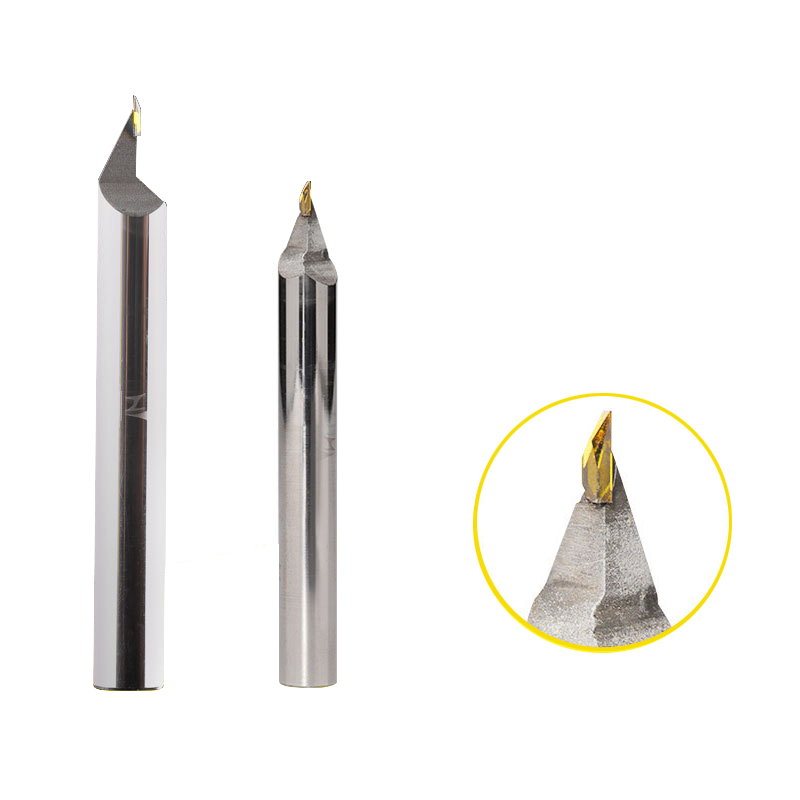
CVD/PVD/MCD Gold Jewelry Diamond Engraving Cutter
Parameter Product Name Single Crystal Diamond Carving Cutter Rotating Speed 10000-30000r/min Tool Nose Width 0.1-6.0mm Feed 1500-5000mm/min Blade Material Single Crystal Dia […]
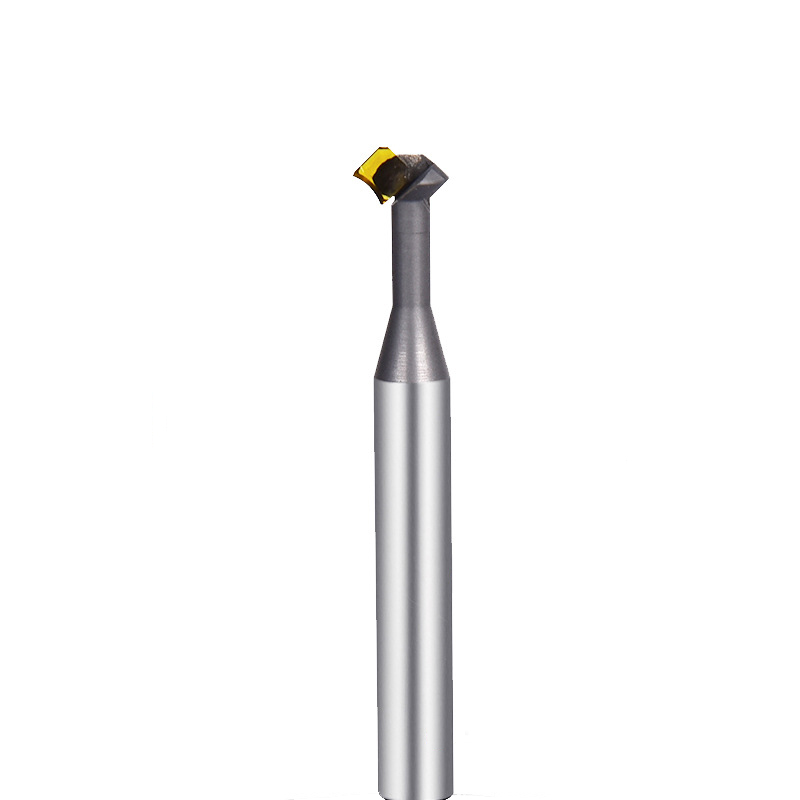
MCD Turning Tool Mirrow Finish R Cutter
Product Information Product Name Single Crystal Diamond Lower Chamfering Inner R Cutter Brand MSK Handle Material Tungsten Steel Blade Material Customized Pcd, Single Crysta […]
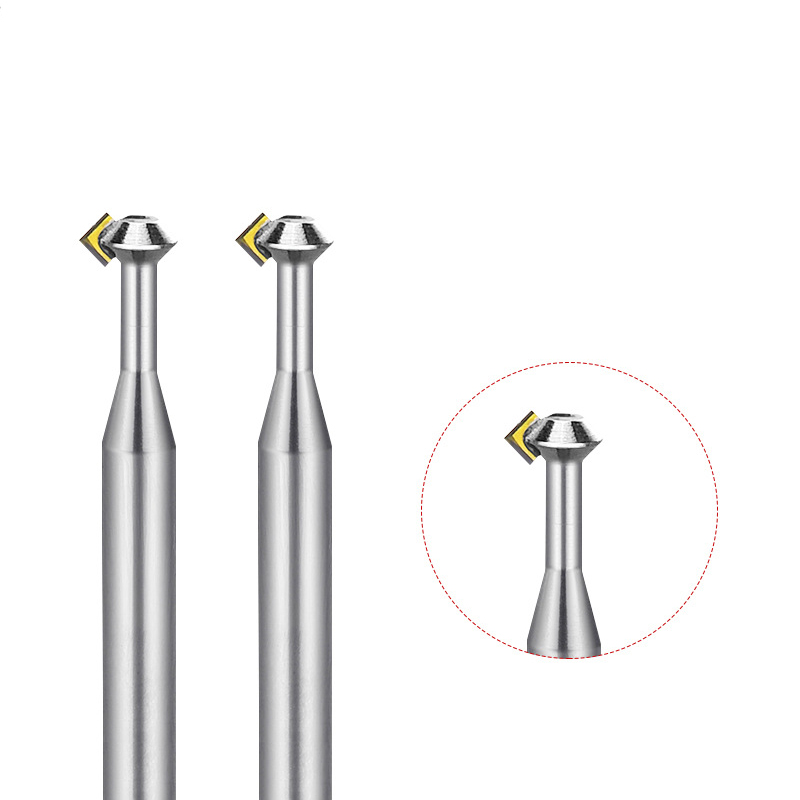
MCD High Gloss Chamfer Cutter For Gold
Product Information Origin Tianjing, China Type Flat Milling Cutter Brand Msk Whether To Coat Uncoated Series Cutter Milling Cutter Processing Range Clocks And Watches, Copp […]
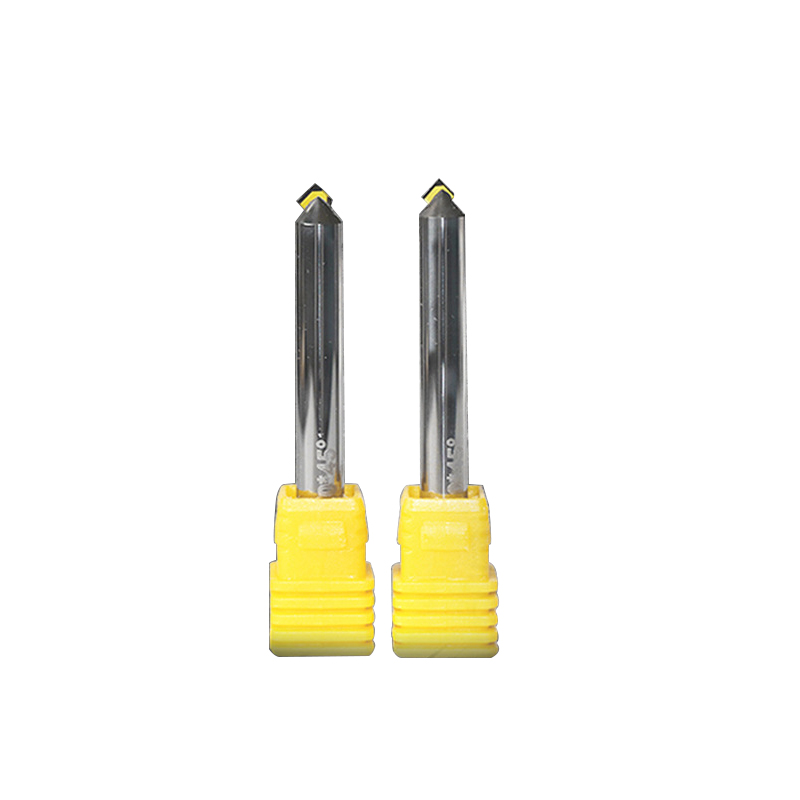
MCD Polishing Cutter for Gold Silver
Product Information Origin Tianjing, China Whether To Coat Uncoated Brand MSK Unit Weight 0.3kg Tool material Tungsten steel bar imported from Germany Product Size Shank Dia […]
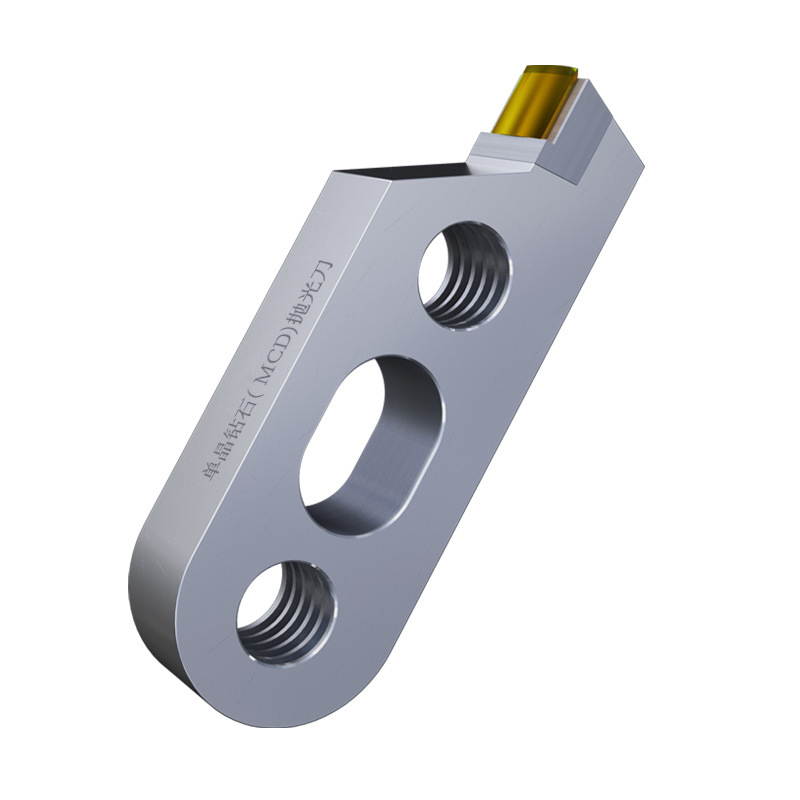
Single Crystal Diamond Polishing Cutter
Origin Tianjing, China Shank Diameter 6 (mm) Brand MSK Blade Change Method The Diamond Is Welded To The Cutter Body As A Whole Material Single Crystal Diamond (MCD) Scope Of […]
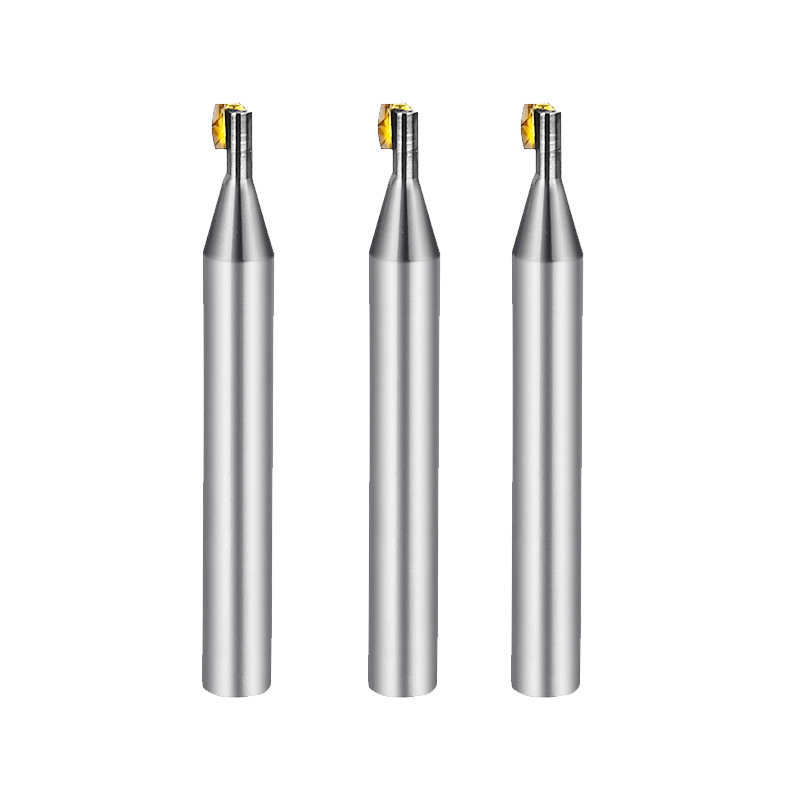
Diamond Turning Tools Outer Jewelry R Cutter
Product Information Origin Tianjing, China Material Tungsten Steel Brand Msk Type Half Round Key Milling Cutter Product Name Single Crystal Diamond Side Edge Arc Milling Cut […]
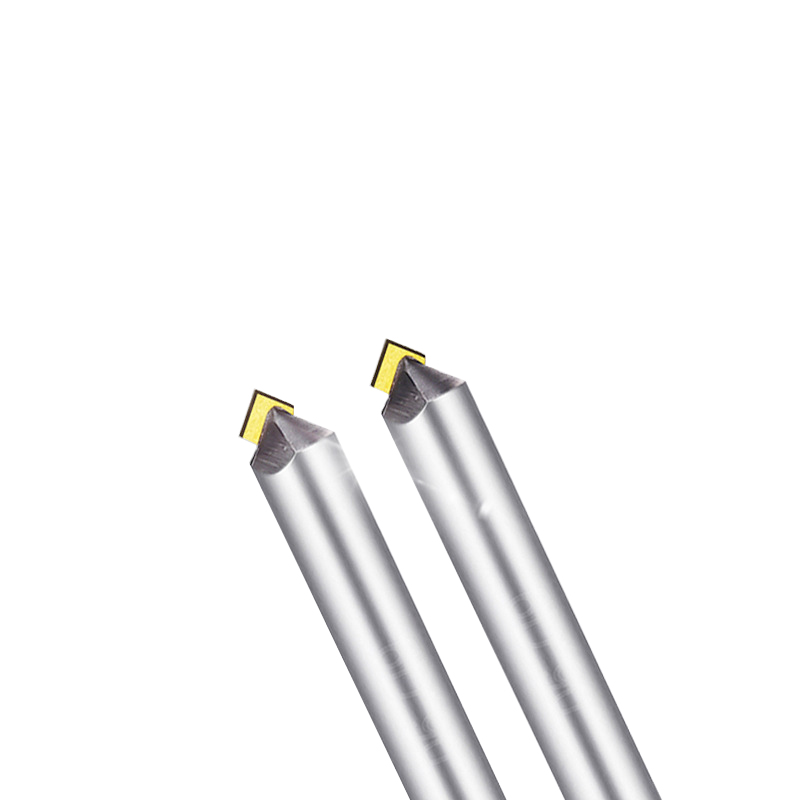
Lathe Bits MCD High Gloss Chamfer Tool
Product Information Origin Tianjing, China Cutting Edge Form Straight Edge Brand MSK Material Single Crystal Diamond Chamfer Angle 30°-180° Type Angle Milling Cutter Minimum […]
Post time: 2023-06-29




